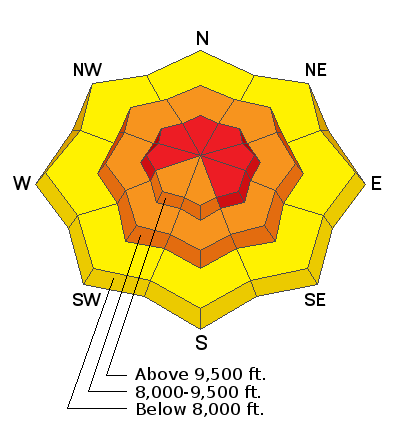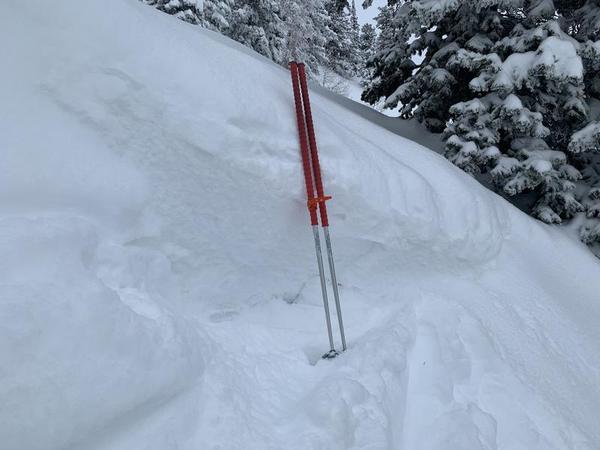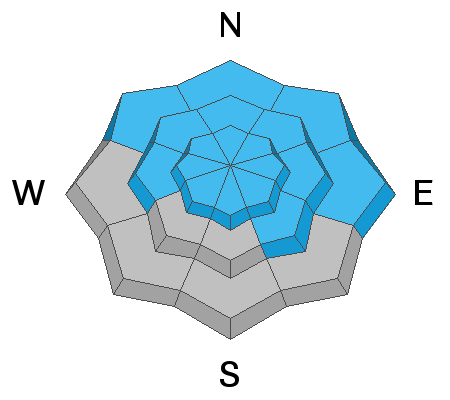Avalanche Warning
WARNING ISSUED
THE AVALANCHE DANGER FOR THE WARNING AREA IS HIGH
IN EFFECT FROM 6 AM MST THIS MORNING TO 6 PM MST TUESDAY
FOR THE MOUNTAINS OF MUCH OF THE STATE OF UTAH, INCLUDING THE WASATCH RANGE...BEAR RIVER RANGE...UINTA MOUNTAINS...MANTI-SKYLINE...THE FISH LAKE REGION…PAHVANTS…TUSHARS…AND THE CEDAR CITY AREA MOUNTAINS.
VERY DANGEROUS AVALANCHE CONDITIONS EXIST. NATURAL AND HUMAN TRIGGERED AVALANCHES ARE LIKELY OVER THE NEXT SEVERAL DAYS. STAY OFF OF AND OUT FROM UNDER SLOPES STEEPER THAN 30 DEGREES.
The final report about the Wilson Glade avalanche in Millcreek Canyon
has been published. Our deepest condolences go out to the friends and families involved in this tragic accident.
NOTE: FEB 1-8th was one of the deadlier weeks on record with 15 backcountry fatalities in the US.
Yesterday, two more avalanche fatalities occurred in Colorado. You can read more on each accident
HERE.Dangerous avalanche conditions still exist.
This morning, it is lightly snowing. Mountain temperatures are in the single digits to low teens F. After increasing overnight, the westerly winds have decreased again briefly, averaging below 15 mph and gusting up to 35 mph at the highest elevations.
Today, snow will be developing this morning and increasing into the afternoon. Temperatures will be in the low 20s F and southwesterly winds should continue to increase throughout the day averaging 20-30 mph and gusting up to 60 mph at the highest elevations. The cottonwoods could pick up another 5-9" of snow by this evening, and another 8-14" of snow overnight as the flow transitions to northwesterly.
For this storm, the period of maximized orographics within northwesterly flow is expected during the day Tuesday into the overnight hours. We could 2-3'+ of snow by Wednesday morning.
Storm totals since Thursday night are now up to 26-32" with snow water equivalents pushing 2.50" in the Cottonwoods. Snow totals are16-20" along the PC ridgeline.
Yesterday, the skies finally cleared and we got reports of multiple natural triggered avalanches in the backcountry. While the time is unknown for most of these, it is assumed many occurred Saturday evening into Sunday morning. While many of the reported avalanches only failed within the new snow interface. A few avalanches broke down into the weak faceted snow near the ground.
One impressive avalanche reported was in West Porter Fork. This massive avalanche broke 3' deep, over 3000' wide, and ran over 1500' vertical. This hard slab avalanche failed within the faceted snow near the ground and broke trees up to 12" in diameter. Read the full observation
HERE.Photos of the crown and some of the debris (A. Bellomy)
Our
Week in Review - where we highlight significant avalanche and snow events for the past week - is
published.












